Editor’s Note: You might have noticed that some of our show reports happen quite some time after the shows occur. This is because of a variety of factors. It takes time to collate all the notes and photos, our writers are busy and don’t do this stuff full-time – and your undemanding editor doesn’t ask that they get show reports in quickly.
He’s also a stickler for getting the names of folks in photos, so putting the captions together can be quite time-consuming, even considering that show attendees have badges, since there are always people who don’t wear them, and the old “we don’t need no stinking badges!” attitude makes captioning a challenge. Also, the shows have become too big for any one person to cover, so it can be informative to get different perspectives even after the fact. Here then, is a perhaps nostalgic look at CES 2023.
This year, we were curious about what the annual Consumer Electronics Show (CES) in Las Vegas would bring to the world of audio. Along with my colleagues Nancy Burlan and John Mulhern III, we found the show somewhat, but not surprisingly, light on audiophile gear. Last year we experienced empty halls, widely-spaced aisles, and most importantly, a requirement for all involved to show proof of vaccination.
This year CES 2023 was crowded, and no one asked for vaccination status, but visitors were all given a pair of COVID test kits. (I used one during to show to test myself, with a negative result.) To be sure, it didn’t seem quite a large an event as the pre-pandemic year before, and we missed the easier navigation provided by the open spaces in 2022, but since they dropped the proof of vaccination requirement, the show felt demonstrably less safer than last year from a medical point of view. Accordingly, we heard that lots of folks returned home with COVID.
Mac Edition Radio’s Nancy Burlan modeling the T-shirt of the hour.
Thirty minutes’ drive from the Las Vegas Strip is the beautiful Red Rock Canyon National Conservation Area. Skip the casinos on your next trip, and head to Red Rock!
One aspect of being a technology reporter is being invited to special press-only shows. These are known as tabletop shows, which isn’t actually all that accurate, because while some vendors may indeed have a single tabletop, others bring cars, motorcycles, boats, and e-bikes. But most have a tabletop or two to display their wares. There are three of these events that the media look forward to during CES. The first is CES Unveiled, put on by the CTA (Consumer Technology Association), the parent organization behind CES. It features a number of pavilions from other countries, including France, The Netherlands, Israel, China, and others. Some are startups, and others are large well-known companies. It’s fun and occurs the night before CES opens. The next two nights host Pepcom’s Digital Experience!, and the ShowStoppers event.
There is often an overlap in content between the three, but the idea is that with a show as vast, complicated, and disorganized as CES, these separate, CES-sanctioned events offer one-stop shopping for journalists and industry analysts, a sort of Best of CES in a single ballroom. Not only is there a huge variety of products and technology on display, you get one-on-one time with the people at the companies who are responsible for dealing with the media, and not salespeople. Still, you need comfortable walking shoes.
Any visitor to CES has to plan the show like a military campaign. You have to think about transportation, shuttle bus schedules, logistics, the time it takes to walk from one hall to another (which is considerable), which all require planning. Some of the vendors know how important this is and arrange for Uber or other transport to pick you up and drop you off where ever you need to be after your appointment. This is more valuable than I can stress. Journalists often have to turn down appointments simply because it can take too long to get to a meeting and can’t waste a chunk of the day. Las Vegas traffic can be terrible.
Another complication is the regrettable decision by some hotel chains to charge for parking, so having a car during CES is great, but figuring out whether a hotel or off-site exhibitor location has free parking makes a difference. Who wants to run up an 80-dollar tab just to make four appointments in a day?
One lovely thing about the press events are an abundance of great food and drink. The biggest CES event is the concert put on by Harman: this year it was Def Leppard. CNET and Monster used to have big events, too, but have discontinued them. Oh well; it was great to see Fleetwood Mac up close and personal.

One of the hottest tickets during CES is the annual Harman concert at the Virgin Hotel. This year featured heavy metal favorites Def Leppard, who kept the crowd on their feet.
For CES 2023 Harman built a large showcase taking up most of the first floor of the Virgin Hotel, the newly renamed and remodeled former Hard Rock Hotel. We were welcomed by the ebullient Carol Campbell, and Eric Schwartz of NAPCO, both of them consumer electronics legends in their own right. Seeing the high-end components from Harman Luxury Audio Group (ARCAM, Mark Levinson, JBL Synthesis, Lexicon, and Revel) was our goal, and these were showcased in mock-ups of boat cabins, and new cars with serious sound systems and digital displays. JBL had some 1970s-retro-inspired components in their Classic Series, including the SA550 integrated amplifier ($2,000), CD350 CD player ($700), MP350 streamer ($800), and TT350 turntable ($1,000), all of which sounded and looked great. They also showed the wonderful new 4329P Studio Monitor Powered Speaker with built-in wireless streaming, as well as the stylish entry-level-priced $399 SPINNER BT turntable with a gorgeous red platter and rounded dustcover.

JBL’s retro system at the Harman exhibit was a treat for the eyes and the ears.
Here's the stylish and affordable new JBL Spinner BT turntable.
Jim Garrett, Harman’s senior director of product strategy and planning, was clearly enthusiastic about the new gear. Of course, the Luxury Audio Group wouldn’t be luxury without a stunning demo of their Mark Levinson 50th anniversary ML-50 limited-edition monaural amplifier at a cool $50,000 dollars per pair. Naturally it deserved company, provided by the No. 526 dual-monaural preamplifier ($25,000), No. 519 Audio Player ($25,000), and No. 5105MC Turntable ($8,500), all played through Revel’s flagship F328Be floorstanding loudspeakers ($17,600/pair). Total price, a trifling $126,100 dollars. Some have worried that with Samsung’s purchase of Harman, their commitment to audio might be lessened, but we left convinced Harman was in good hands.
At CES Unveiled we viewed products ranging from the LapLok, a system to secure your laptop, to the author’s favorite form of transportation – the Flying Whales airship – to Stern Pinball, who was there with their James Bond You Only Live Twice machine, and the Timekettle Translator system. GE brought actress Jackie Joseph, the Food Network’s season four Best Baker in America.
So, while airships might not seem to embrace audio, Pierre-Yves Foulillen and Antonio Sebastiano Fois of air transport company Flying Whales assured me that listening to music while floating above the clouds is the only way to live. It’s the audiophile’s next frontier!
Having grown up taking care of pools in Southern California, this seems to be the season of smart pool cleaners that work underwater using battery power, and AI to memorize the pool contours. The most notable ones were from Aiper, one of which the author has been testing in California.
There were several suppliers of large rechargeable lithium-ion power supplies, including Jackery, Geneverse, Anker, and EcoFlow. Sharp-eyed readers will remember my report on the 2022 New York Audio Show in Copper Issue 174, where one vendor, M-101, used an EcoFlow battery backup to power their system so they didn’t have to rely on questionable hotel power service. The popularity of these systems is growing daily, especially since the larger ones can take the place of a gas-powered generator, without the need for fuel or the production of noise or fumes.
The idea of battery-powered audio gear is certainly not new, and most of us use at least one battery-powered device on a daily basis. With audiophiles running special wiring, dedicated electric services and grounds, and high-quality AC outlets and switches, using a rechargeable battery pack can make perfect sense. (Even if you have an amplifier or monoblocks with high power demands, something like a Stromtank is there to fulfill your needs.)
We heard from many start-up companies during CES Media Days, which are press conferences and presentations, held at the Mandalay Bay before the CES show floor opens, and at CES Unveiled. Mirai/SoundFun showed a unique curved speaker, around four inches wide by a foot or so long, but curved into a sort of 90-degree shape. It was designed to throw an audio signal from a TV or other source without filling the entire room, but rather with a more directional pattern for hearing TV dialog.
Mirai/SoundFun was there presenting a speaker that derived its shape from a nautilus, with a curved transducer designed for a narrow distribution pattern for TV listening. Here are Kazuki Kaneko, Hiro Yamaji, and Tsubasa Sunano of SoundFun.
Another interesting design was a unique handheld microphone for immersive sound, the SoundSkrit SKR0400 MEMS directional microphone. Its goal was to bring the capabilities of large microphone arrays to a single device. (See Frank Doris’ article on USound in Issue 193 for more information on MEMS micro-speaker technology.) We chatted with SoundSkrit’s founders about the myriad of ways that their product could be used, and as we move toward more and more immersive audio content and devices, it will be interesting to see how these advances work out. The prospect of a tiny, handheld multi-element microphone that was fully tunable was exciting.
Sahil Gupta holds the new Soundskrit SKR0400 high-performance MEMS directional microphone, which promises to bring the power of large microphone arrays to a single device. This allows for an effective way to record immersive stereo.
We saw nifty technology-based bidets from Brondell [Now there’s a segue! – Ed.], and powerful new networking devices from NETGEAR, including the Orbi quad-band Wi-Fi 6E mesh system, certain to be used in streaming audio systems. XGMI showed a line of affordable, but feature-packed video projectors, perfect for home theater use. One unexpected surprise was the presence of headphone maker Meze Audio, founded in 2011 in Baia Mare, Romania. It wasn’t the only audiophile product at the press events, but stood out, thanks to the presence of none other than founder Antonio Meze in the flesh. I doubt that many attendees realized his small table featured the best-sounding headphones in the room.
Anker was showing its line of wireless earphones as well as its uninterruptible power supplies, and everyone’s favorite data storage vendor, Other World Computing, was packed all night, showing all sorts of high-capacity drives for folks to consider. Considering audiophiles’ desire to store terabytes of music files, the need for speedy storage coupled with fast error-free networking is one solution to happiness. SanDisk, Kingston, and Western Digital were there as well.
We headed over for a visit to the Central Hall at the Las Vegas Convention Center, to the Leiyin Audio booth. If you’ve never heard of them, you might have heard of their brands, including xDuoo, Topping, Shanling, Dunu, FiiO, Moondrop, Tanchjim, and SMSL, among others. Even more surprising was that Noel Lee, the Head Monster was there. I will be evaluating some of their products in the near future for Mac Edition Radio. The growing importance of Chinese hi-fi can’t be understated, especially for a new generation of younger audio enthusiasts who want nothing to do with large, expensive boxes, even if hand-crafted from milled aluminum.
Ever wonder where Topping, SMSL, and other products come from? Well, Ruxia Wang, and Shuzeng Wang of Leiyin Audio of Shenzhen, China, are partly responsible.
A few aisles over we visited our friends at Audio-Technica, showing off the fun retro throwback Sound Burger portable turntable. For Mac Edition Radio’s 2022 Holiday Gift Guide, we included headphones from TWT Audio, which differentiated themselves from the many other headphones on the market by virtue of their low price ($30 or so), and the fact that they were designed for the K-12 market, with nearly indestructible construction (and maybe for sexagenarian magazine editors). TWT Audio still wanted these inexpensive headphones to deliver high-quality audio, so they hired a well-known engineer to voice them.
One of the most interesting NAS (Network Attached Storage) solutions we saw was the Amber system from LatticeWork, and founder Pantaras Sutardja was on hand to discuss the product. As one of the founders of electronics giant Marvell Technology, Sutardja felt that the current approaches were lacking and created Amber as a response.
A few rooms over, Victrola had a suite filled with good-sounding gear. The company’s Don Inmon was following through on the promise he made a few years ago to elevate Victrola from a mass-market budget brand with audio you had to apologize for, and the $800 Victrola Stream Carbon was a Sound & Vision magazine Editor’s Pick, showing how far he’s taken the brand. Brane Audio demonstrated their unique small Bluetooth speaker with a radically new subwoofer design that practically shook the room, yet wasn’t overtly boomy or distorted.
Don Inmon of Victrola is finding success with his efforts.
It wasn’t all hard work. Our friends at Catalyst Case threw a dinner at Rollin Smoke Barbeque, a small place with great food. No work talk, just food, drinks, friendship, and fun. My trophy date was Bree Fowler, formerly of Associated Press, Consumer Reports, and now CNET. Bree also forced herself to come with us to the Def Leppard concert.
The last day of CES found me driving alone (Nancy and John had both flown back to Philadelphia) out to the expansive Las Vegas Motor Speedway, where the Indy Autonomous Challenge was set to run. Unfortunately, it was a bit of bust, as technology glitches kept the cars grounded for most of the time I was there. There were a few high-speed runs though.
Still, it was great to see the track, and teams from all over competing with these high-powered examples, even though it showed that full autonomous self-driving vehicles aren’t really ready for prime time yet. But the event did demonstrate how much work has been accomplished. And despite my enthusiasm for electric vehicles, there’s nothing quite like the sound and smell of petrol-fueled race cars passing by at 200 miles per hour.
It was good to see some audio vendors at the Las Vegas Convention Center, but we missed the previous days of main show floor and The Venetian suites full of great gear and fun folks. Still, it’s clear that CES in general is on an upswing, maybe smaller in scale, but vibrant and alive. While we didn’t see as much conventional or even desktop audio products, we did see a large amount of personal audio devices, a category which is slated to grow next year. The area known as EurekaPark, which was held at the Venetian Expo (formerly the Sands Expo and Convention Center) was created as an affordable way to showcase startups and ideas, had plenty of folks with audio-related products, and promises to feature more next year, with even some hints of audiophile gear in the works.
Here are more images from CES 2023.
John Mulhern III from Mac Edition Radio is a tough cookie when it comes to being impressed by tech announcements.
Salome Darmon and David Illouz of deeBee provided some French style with their products.
Here are Norbert Frassa and Chuck Joiner of Mac Voices, and Dave Hamilton, John F. Braun and Pete Harmon of Mac Geek Gab. These are among your First Amendment advocates in the press!
Canon figured out the best possible way to approach the problem of needing teleprompters: just use the wall in the back of the room.
Shannon Shamoon and Jennifer Adams from Poly/HP were showing off their latest Poly Voyager Free 60 headsets and wireless earbuds.
Want to store your digital music and photo files? Here’s the team from Other World Computing (OWC): Sam Mestman, Alex Pantos, Teddy Mazrin, and Larry O’Connor.
With clean power on everyone’s minds, Jackery was there showing off their latest solar-powered products. Simon Chow, Tony Zhang, Mary Katherine Lim, Tracy Wang, and Sabrina Bai all had electrifying smiles!
During the pandemic, many folks came to love bidets from Brondell. Here, Kathryn Emery from Be The Best Home demonstrated her enthusiasm for the product line.
Ravindra Bhilave and Valerie Motis of NETGEAR were showing off their latest Orbi mesh 6E Wi-Fi device, offering fast streaming of your musical favorites.
Ari Morgulean and Barbara Reindl showcase their XGIMI, a new entry into the projector field that is said to offer superior audio and video at an attractive price point.
Martin Komal, Leng Chhoeu, and Shealyn Johnson of Kingston Technology. Many of the photos the author made were done using Kingston Canvas React Plus UHS-II SD memory cards.
Mr. Meze himself! Antonio Meze represented high-end audio at the Pepcom Digital Experience!.
The ever-popular Urbanista headphones were on display, presented by Monica Rohleder and Tuomas Lonka.
Over at the newly renamed and remodeled Virgin Hotel, we were greeted by the ebullient Carol Campbell at the large Harman takeover of the first floor.
Jim Garrett of Harman, discussing the retro-beautiful new JBL SA550 Integrated Amplifier.
The large Harman suite included products for automotive, nautical, personal, luxury, and lifestyle. Pretty snazzy!
Manabu Aoki of Audio-Technica U.S. was on hand to discuss their new product line.
TWT Audio has created a new lineup of incredibly affordable, yet good-sounding headphones designed for schools and other demanding environments. Here, Mike Guerena holds a set of their latest models.
Many photographers are excited about software from Luminar Neo. Robert Vanelli and Anna Koval were all smiles.
Amber by LatticeWork offers a new approach to NAS (Network Attached Storage). Dr. Pantas Sutardja (Co-Founder of chip giant Marvell Technology) shows how Amber works, to U.S. Olympic medalist Gabby Thomas, who was there representing SPRYNG, a muscle recovery tool.
Even the hard and tough members of the press have to eat, so Ari Morgulean and Nooie threw a dream breakfast at the famed Mon Ami Gabi in the Paris hotel. Rumors were that nothing was fattening despite it being a wonderful French bistro.
Brane Audio had a unique new product, a small Bluetooth speaker with impressive amounts of bass. Here Joe Pinkerton holds up the business end of a prototype.
The author thought it might be wise to check for COVID-19, and fortunately he tested negative. CES provided all attendees with free test kits.
It was good times and good eats at the Rollin Smoke Barbeque party held by Catalyst, maker of those durable phone cases. Our hosts were June Lai (Founder of Catalyst) and Chris Herbert (Catalyst), with Bree Fowler (CNET) in the middle.
Bree Fowler enjoying Def Leppard at the Harman concert.
The day after CES closed, the press was invited out to Las Vegas Motor Speedway, to view the Indy Autonomous Challenge. Here is a car waiting for its chance to do some 200 miles per hour passing.
Header image: The Mark Levinson 50th Anniversary ML-50 limited edition monaural amplifier. All images courtesy of Harris Fogel.



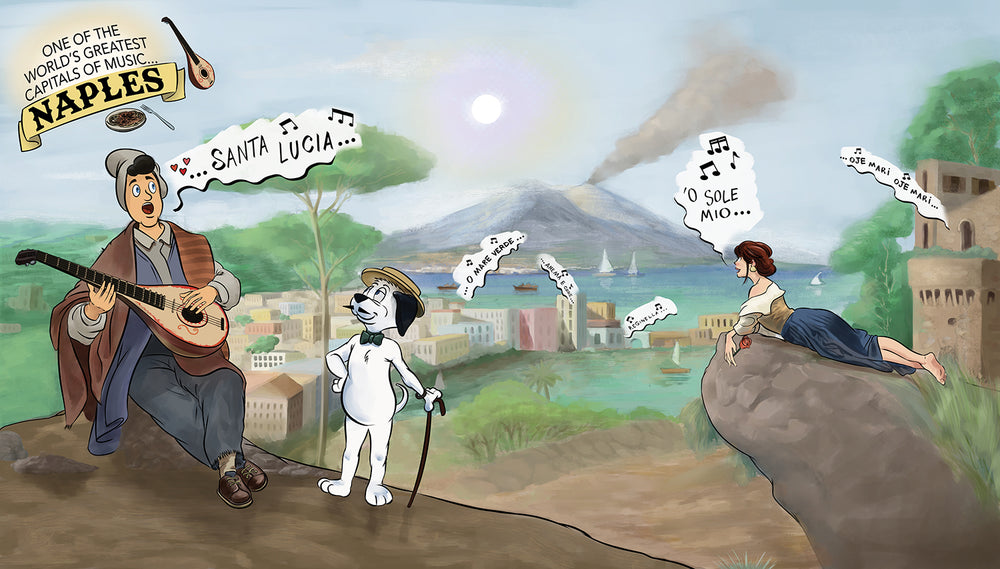
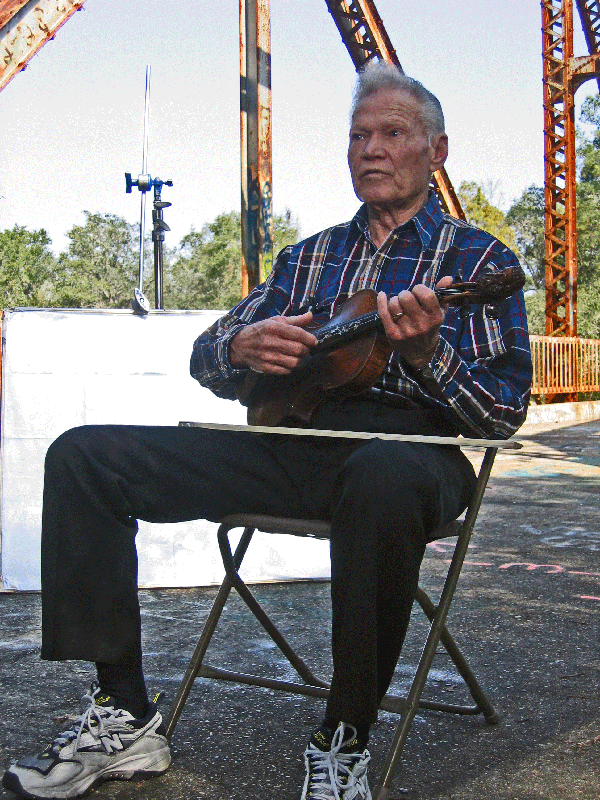
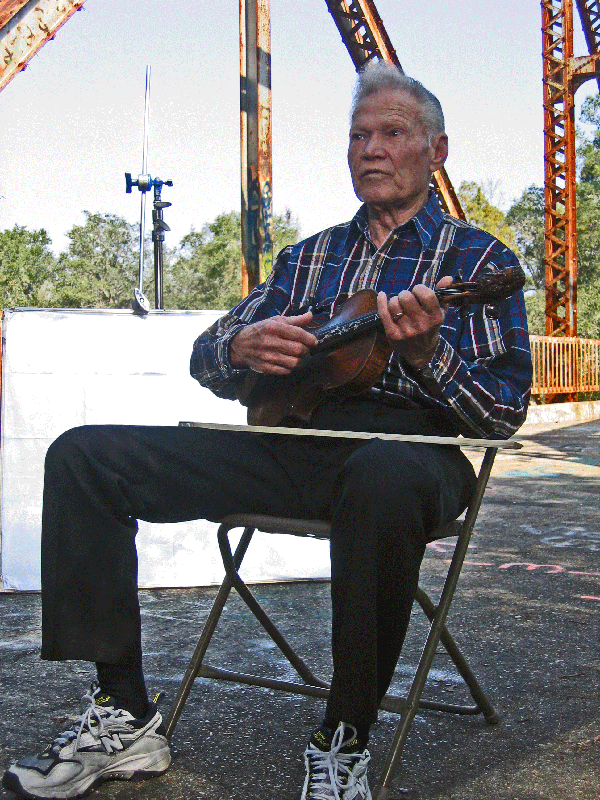
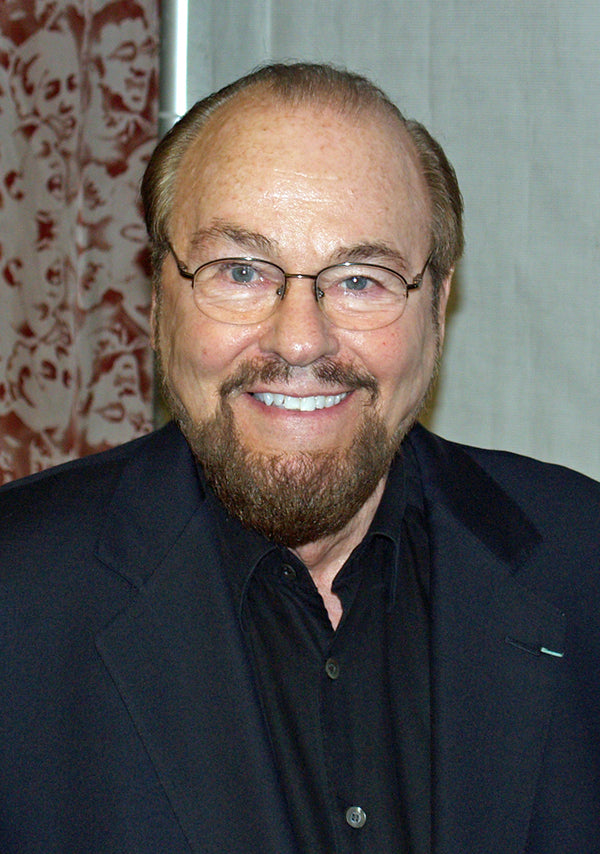
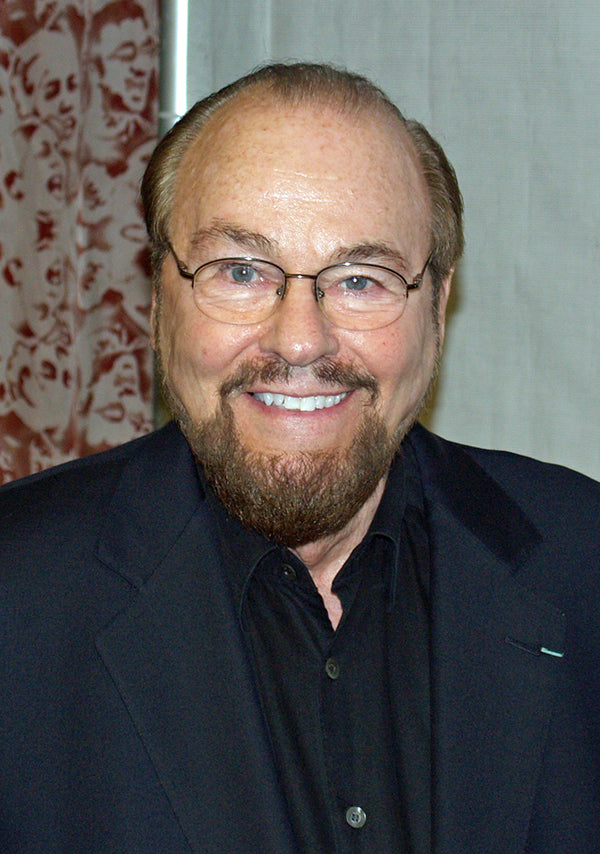


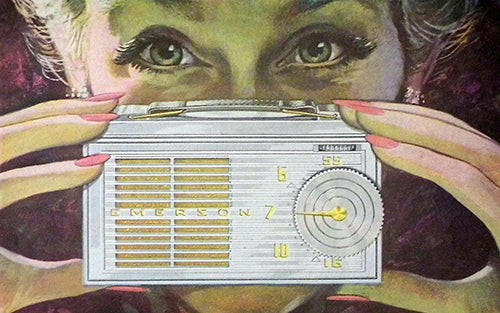
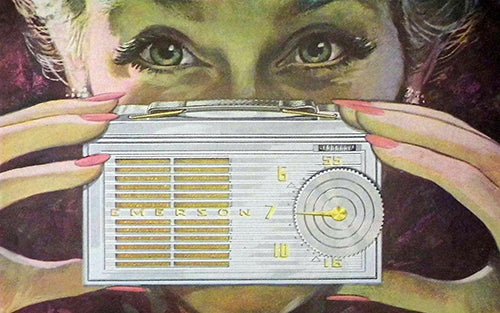

 Also from the 2005 AudioJumble, an RCA Model LMI32230 tuner from the 1950s, with a matching amplifier, model number unknown. Stunning! Courtesy of Ken Kessler.
Also from the 2005 AudioJumble, an RCA Model LMI32230 tuner from the 1950s, with a matching amplifier, model number unknown. Stunning! Courtesy of Ken Kessler.





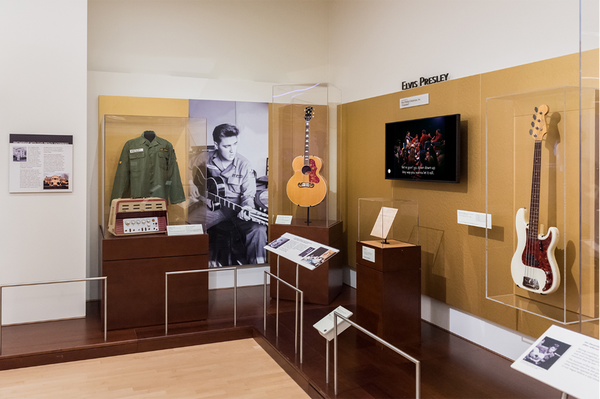
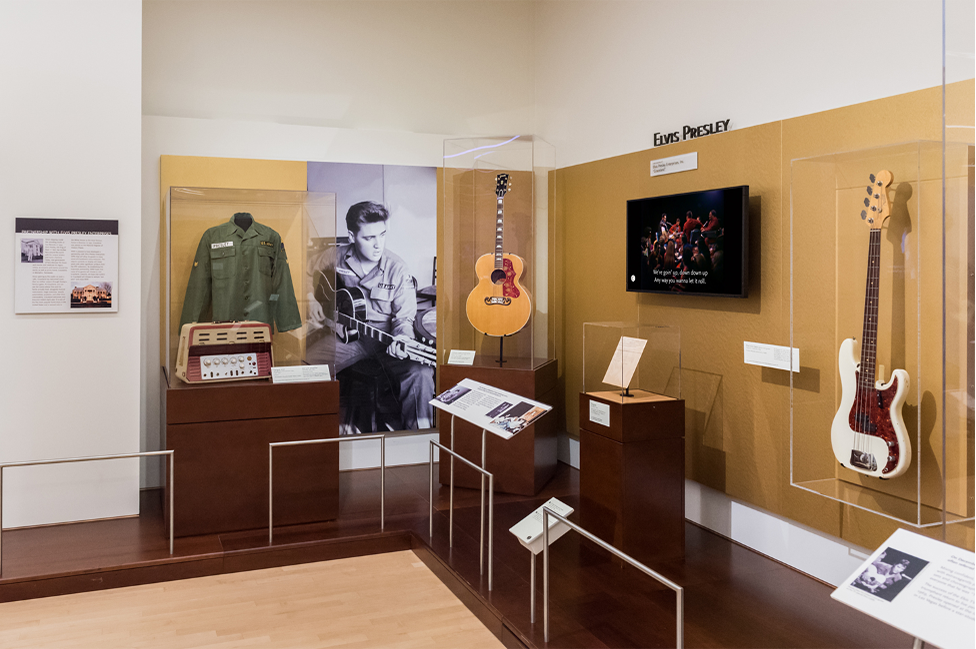












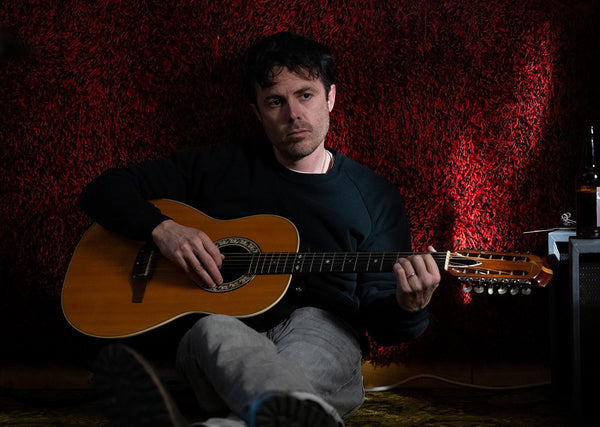
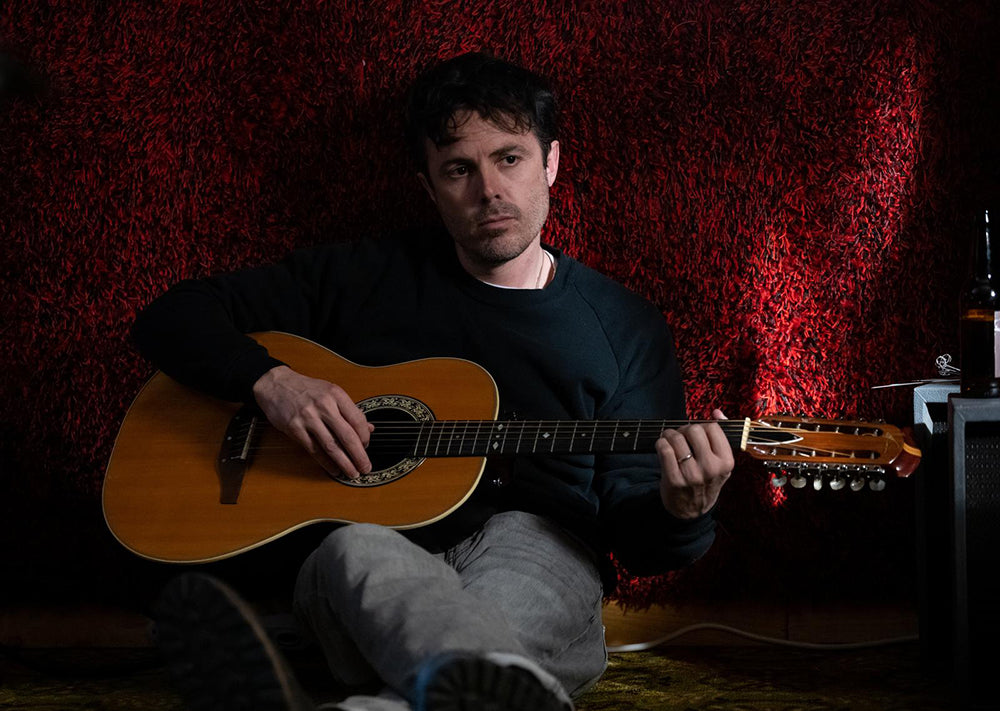



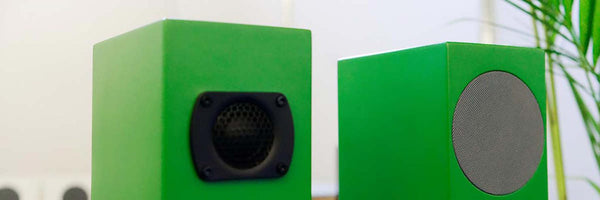
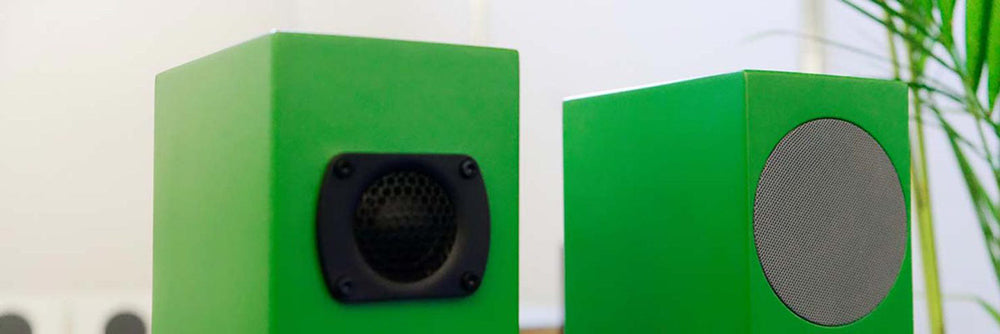
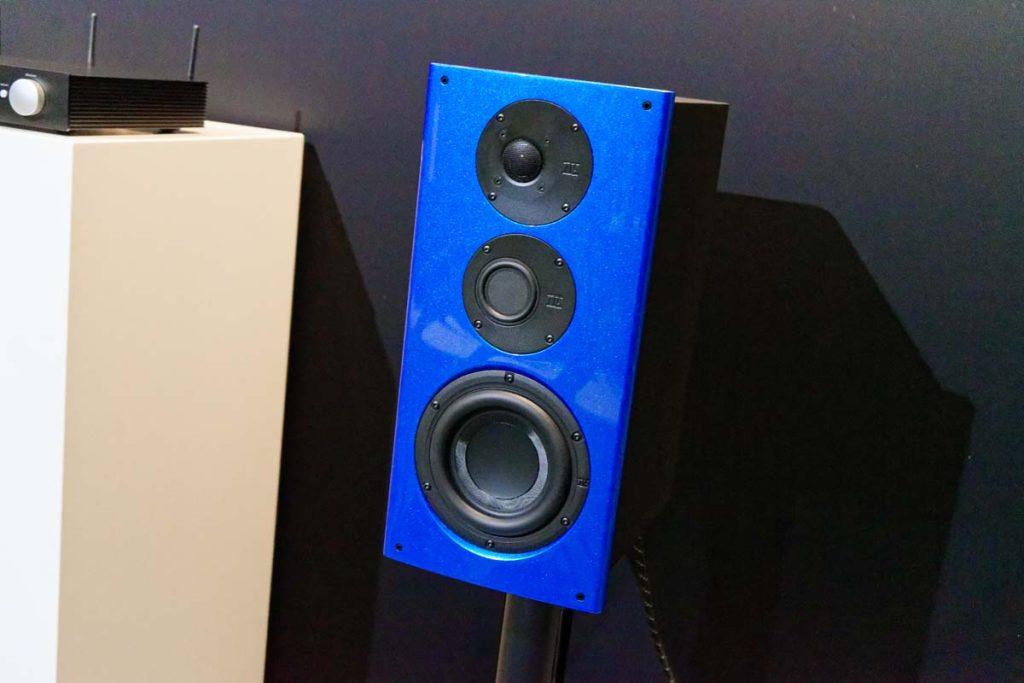
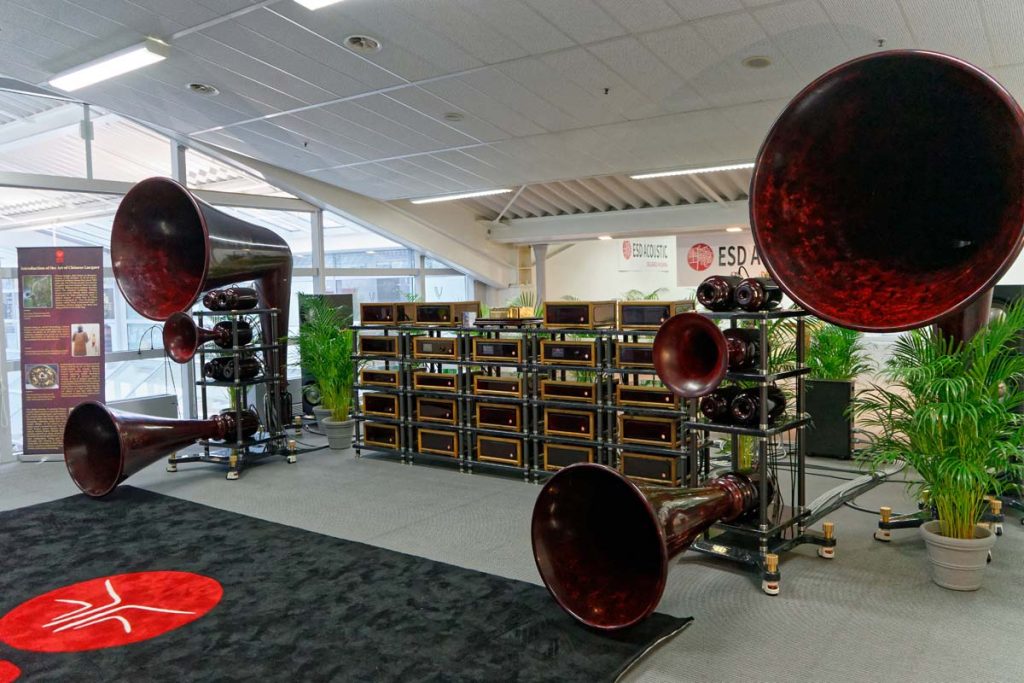
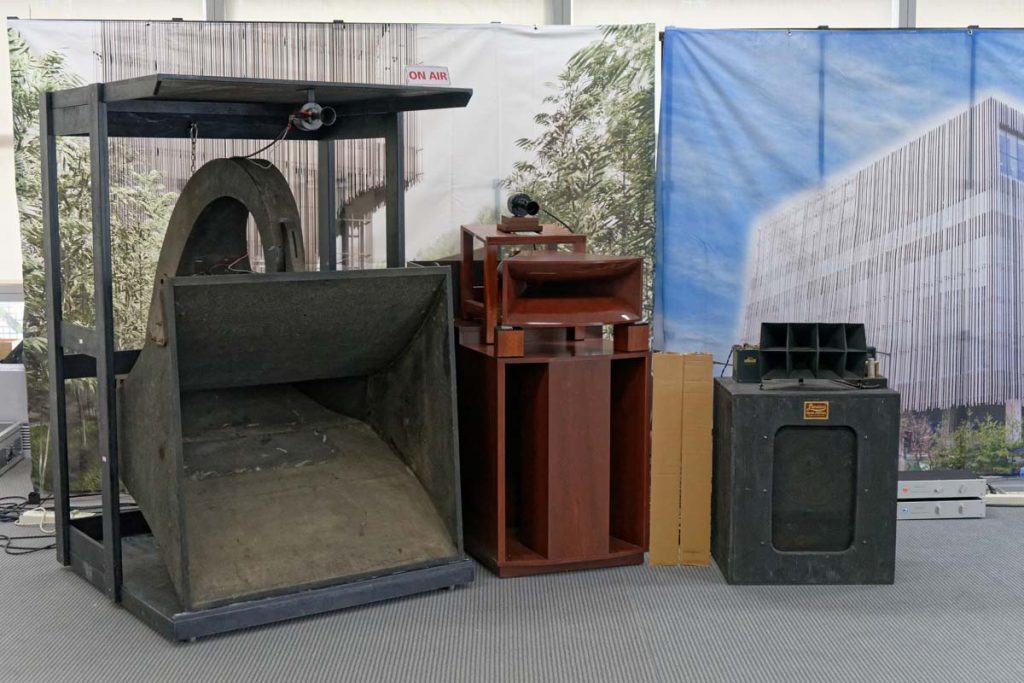
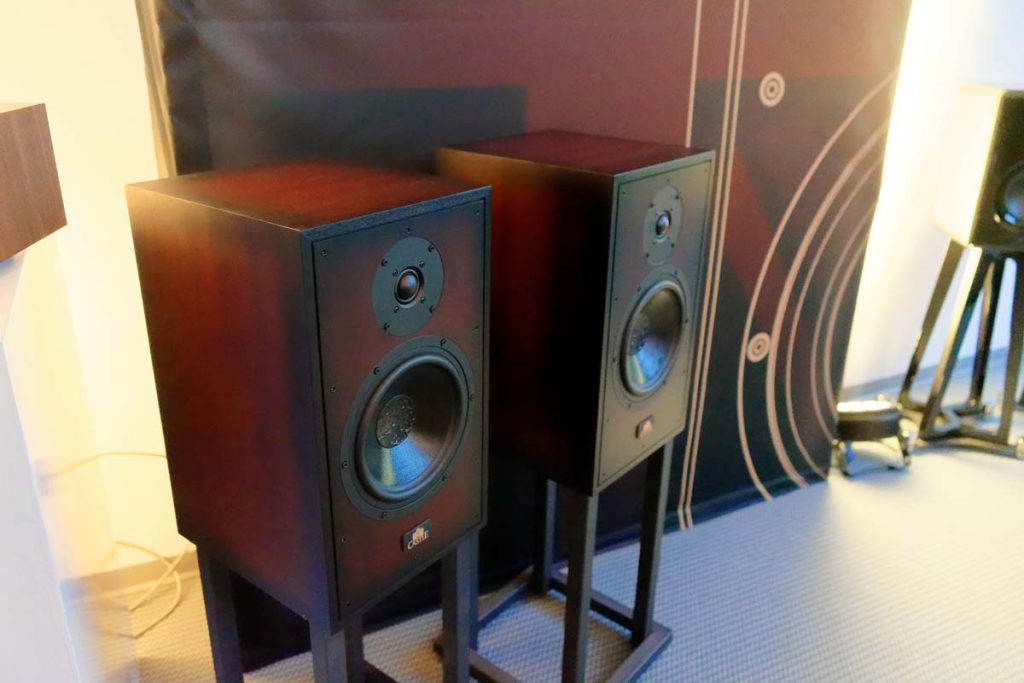
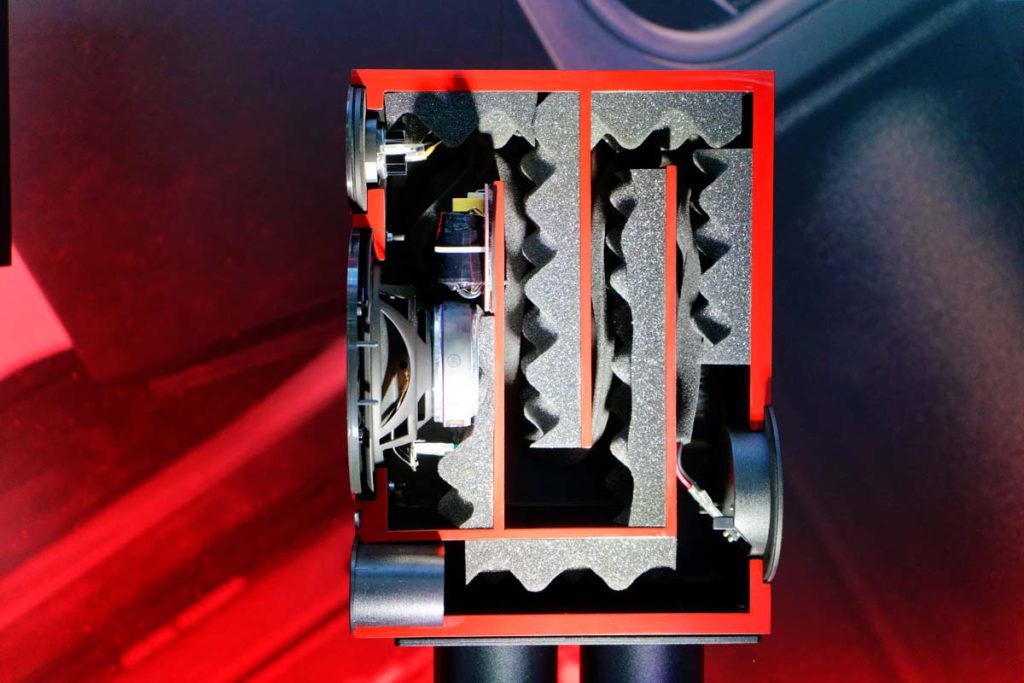
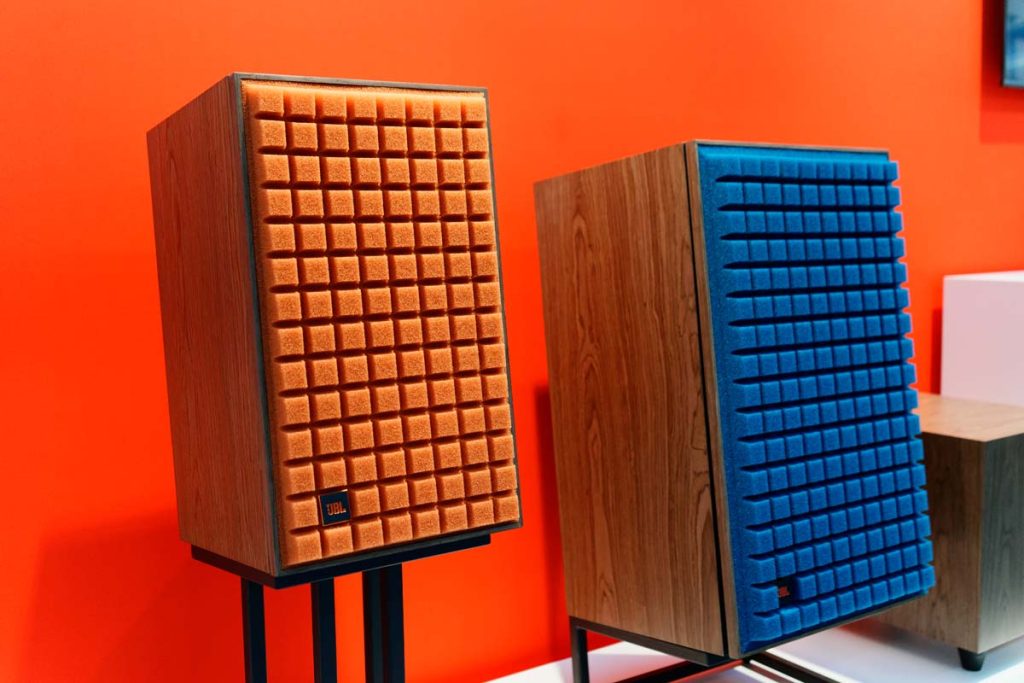
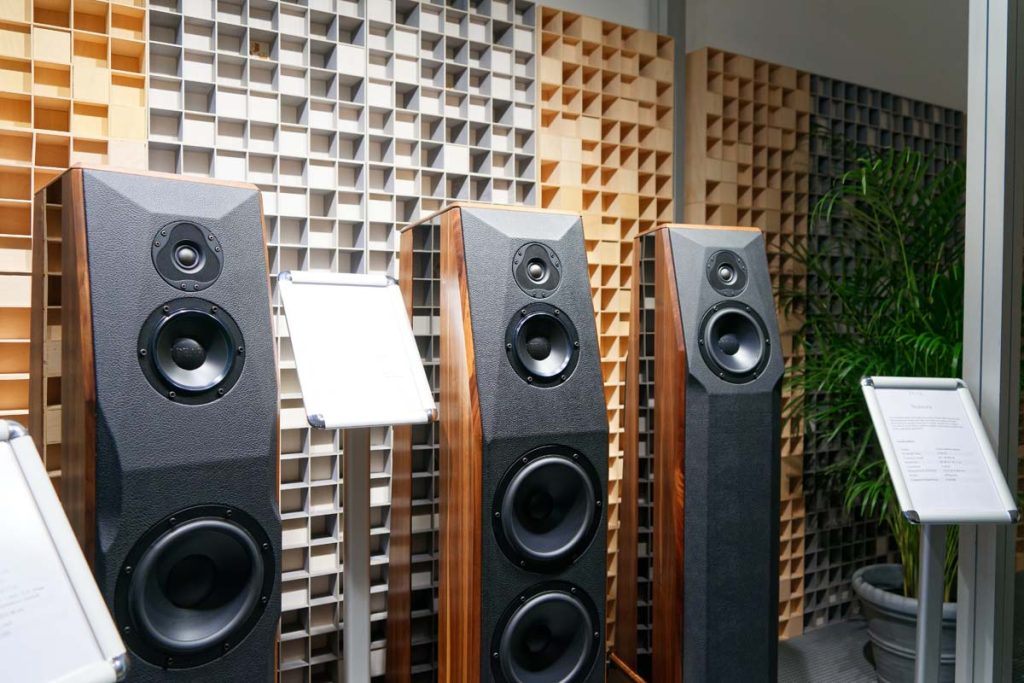
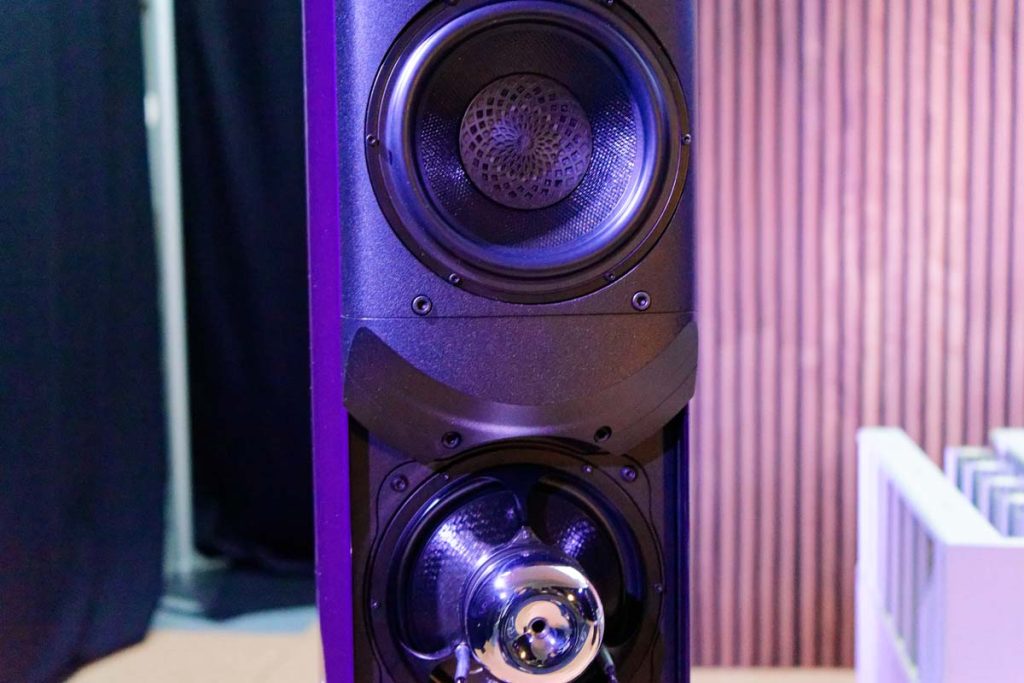
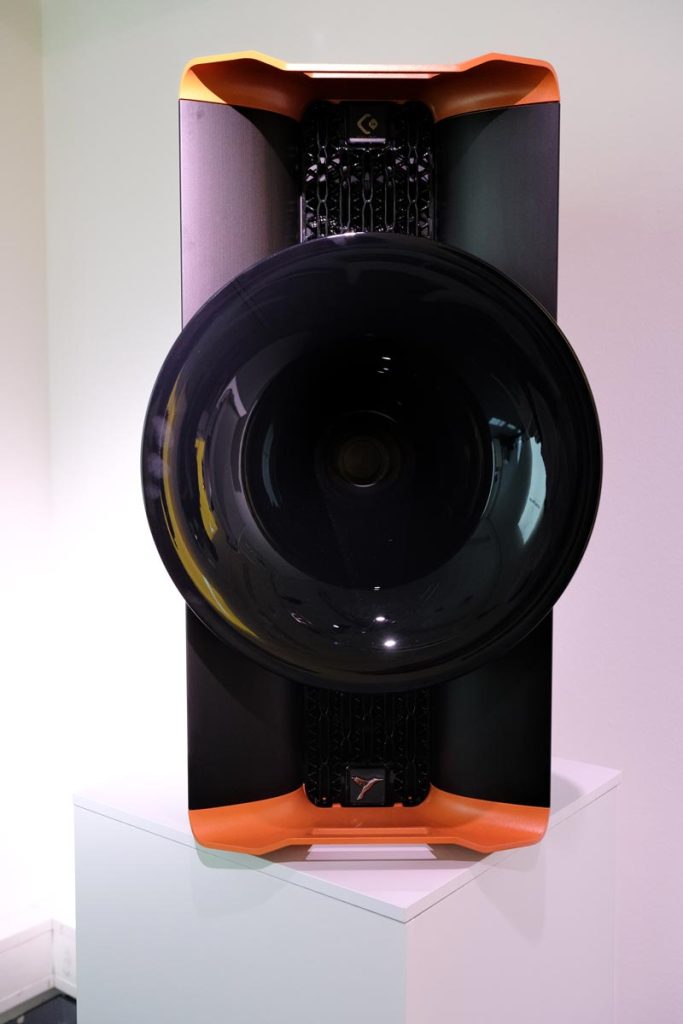

















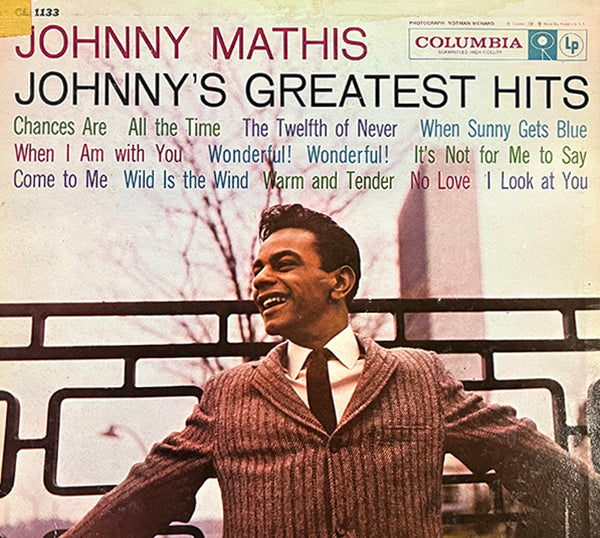
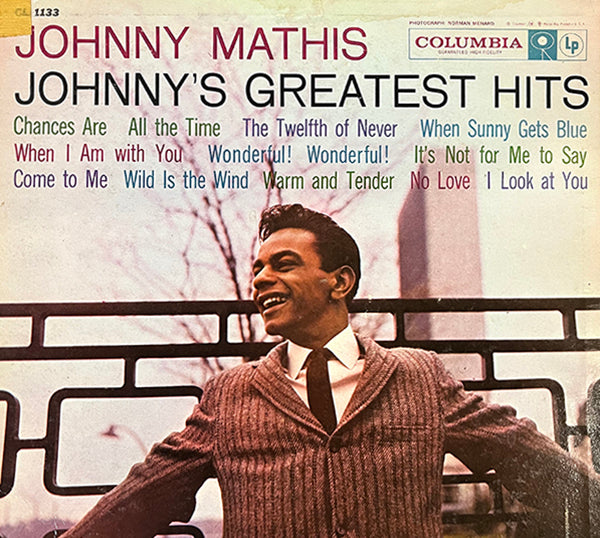


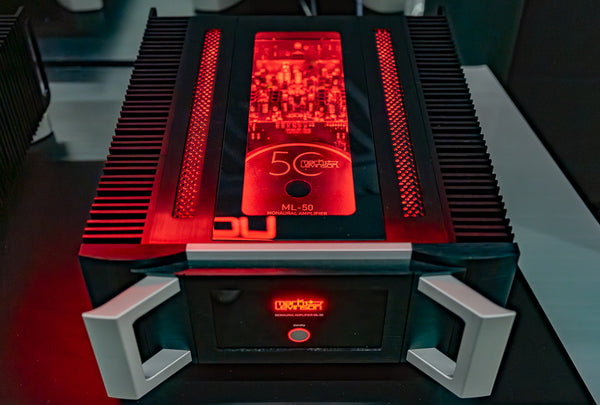
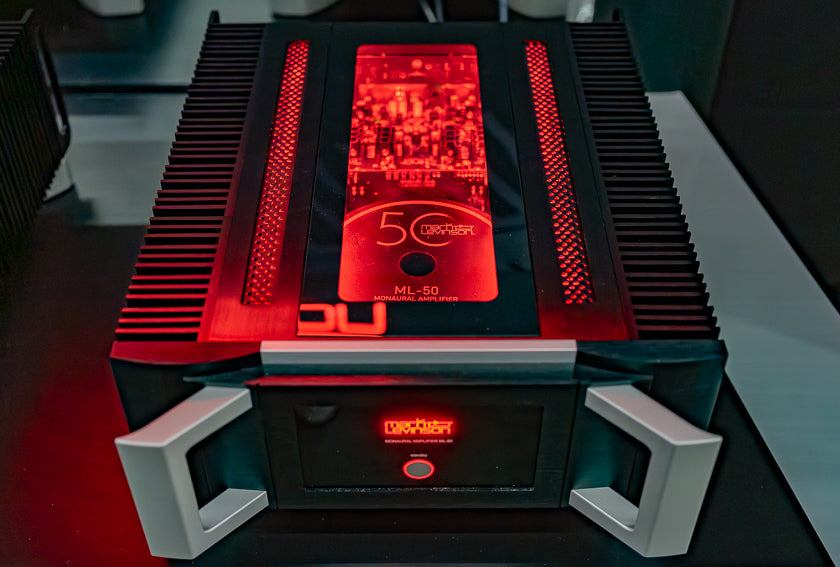





































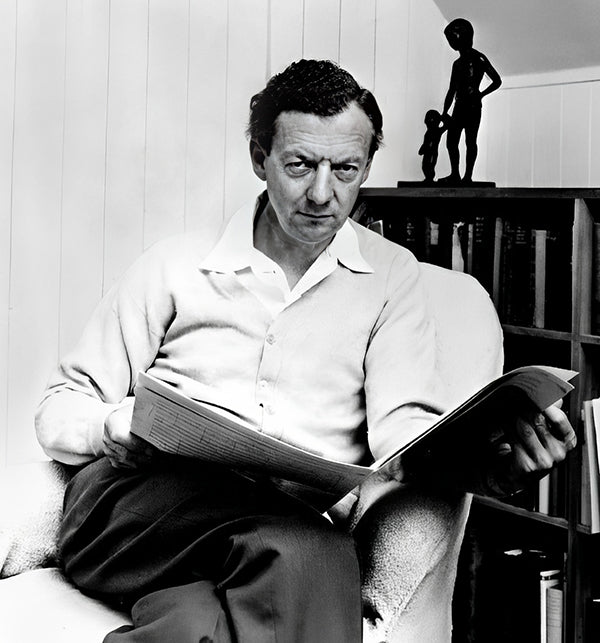
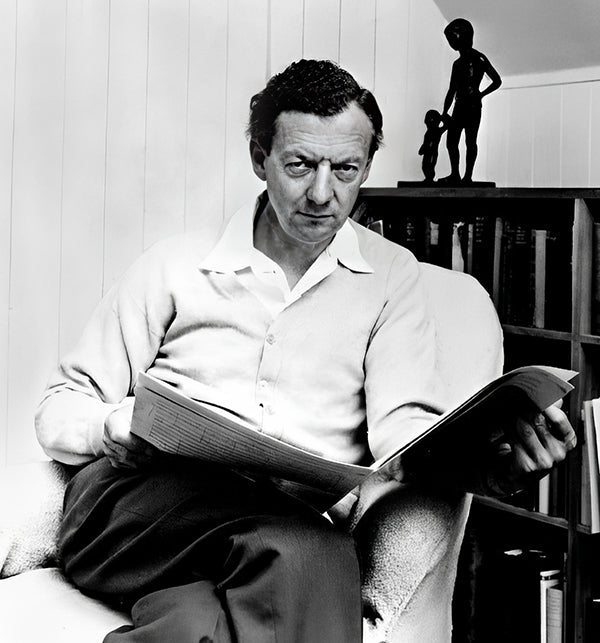
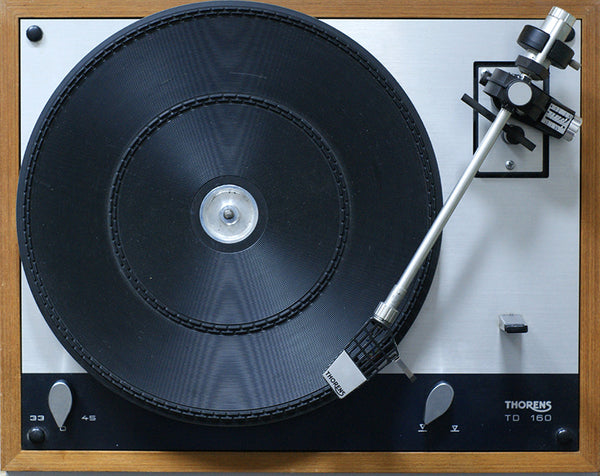
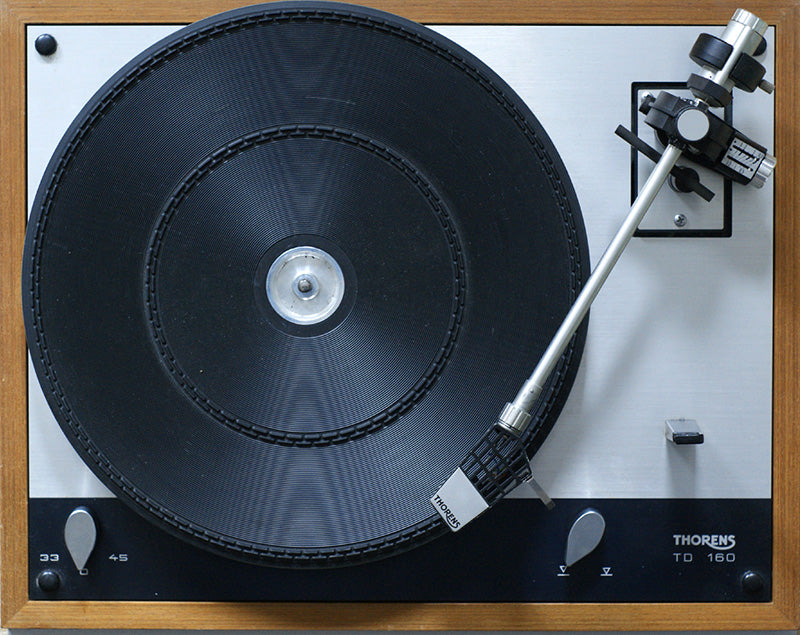
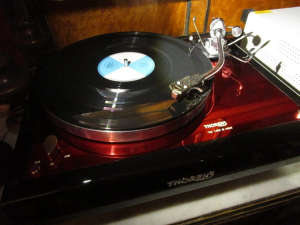 Modified Thorens TD 160 with SME 3009 and van den Hul MC-Two cartridge, with a test record.
Modified Thorens TD 160 with SME 3009 and van den Hul MC-Two cartridge, with a test record.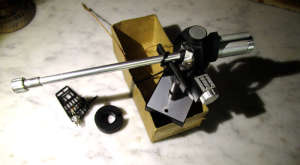 The platter is a two-piece zinc alloy casting, with a precise shaft press-fitted to it. The center spindle measures exactly 7.24 mm, ensuring a tight fit in the record hole for accurately centered reproduction according to the IEC60098:1987 standard for phonograph records.
The platter is a two-piece zinc alloy casting, with a precise shaft press-fitted to it. The center spindle measures exactly 7.24 mm, ensuring a tight fit in the record hole for accurately centered reproduction according to the IEC60098:1987 standard for phonograph records.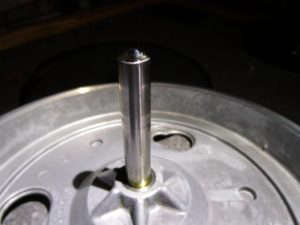
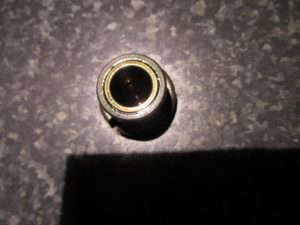

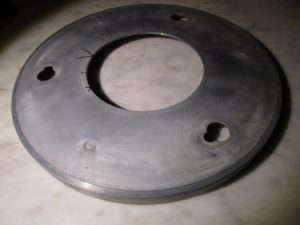
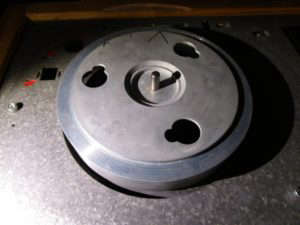
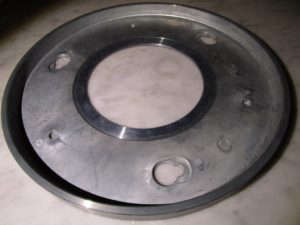
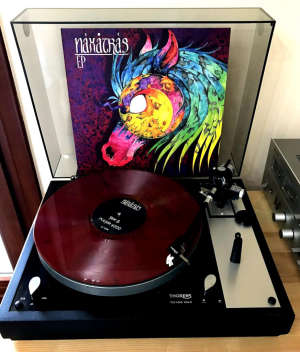 Thorens TD 160 Mk II with TP16 Mk II tonearm and Stanton 881S cartridge, playing the Naxatras EP.
Thorens TD 160 Mk II with TP16 Mk II tonearm and Stanton 881S cartridge, playing the Naxatras EP.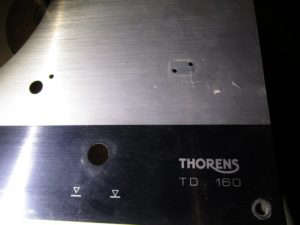
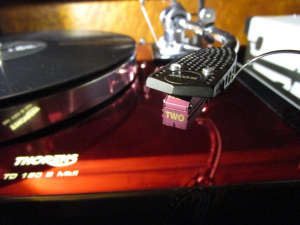 SME 3009 tonearm with VDH MC-Two moving coil cartridge.
SME 3009 tonearm with VDH MC-Two moving coil cartridge.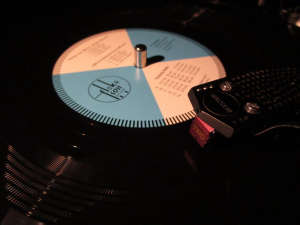 FloKaSon test record, VDH MC-Two cartridge and SME 3009 tonearm.
FloKaSon test record, VDH MC-Two cartridge and SME 3009 tonearm. FloKaSon test record, oscilloscope and accessories.
FloKaSon test record, oscilloscope and accessories.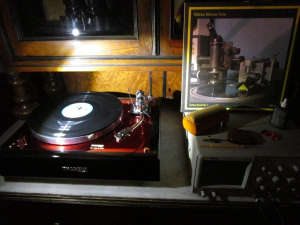 Test record on Thorens TD 160.
Test record on Thorens TD 160.

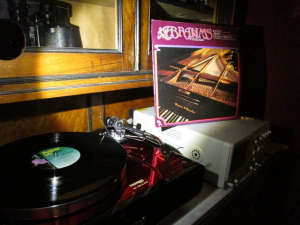 Lincoln Mayorga plays Brahms, Handel, Chopin, via the Thorens TD160, SME 3009 and VDH Two.
Lincoln Mayorga plays Brahms, Handel, Chopin, via the Thorens TD160, SME 3009 and VDH Two.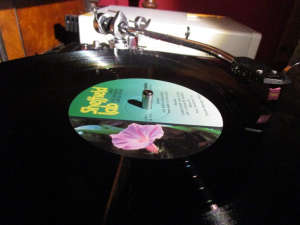 Sheffield Lab direct-to-disk recording, SME tonearm and vdH cartridge.
Sheffield Lab direct-to-disk recording, SME tonearm and vdH cartridge. Thorens TD160 B Mk II, SME 3009 Series II improved, VDH MC Two and experimental electronic music.
Thorens TD160 B Mk II, SME 3009 Series II improved, VDH MC Two and experimental electronic music. Drunk Confident – Broken Machine on the TD 160.
Drunk Confident – Broken Machine on the TD 160.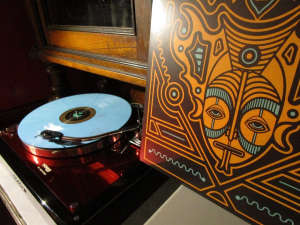 Naxatras III playing on a Thorens TD160.
Naxatras III playing on a Thorens TD160.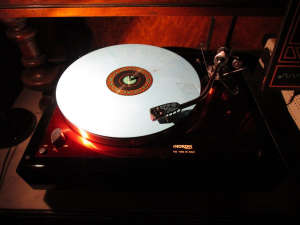 Naxatras - III
Naxatras - III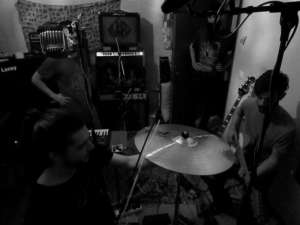 Naxatras recording III, from left to right: Filon Geropoulos (guest musician), John Vagenas, J. I. Agnew (engineer), John Delias.
Naxatras recording III, from left to right: Filon Geropoulos (guest musician), John Vagenas, J. I. Agnew (engineer), John Delias.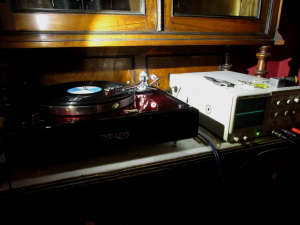 Test setup with Thorens TD 160.
Test setup with Thorens TD 160.